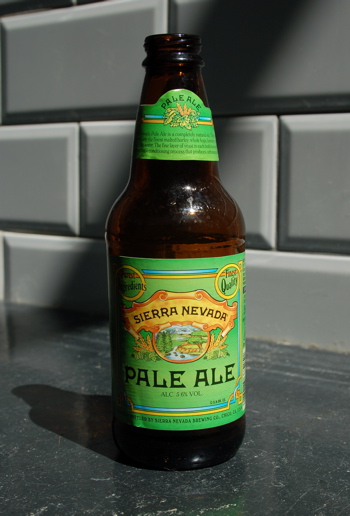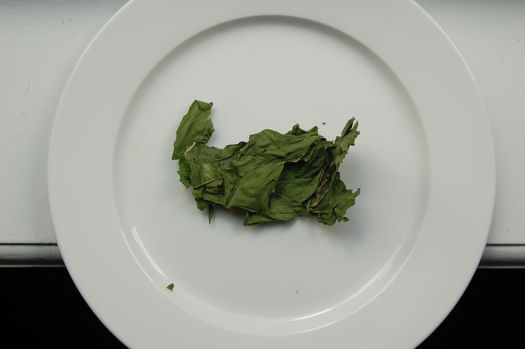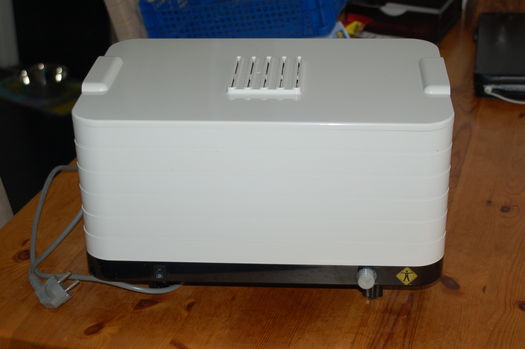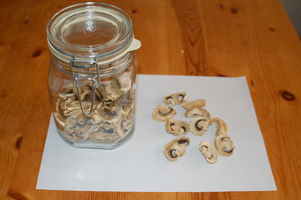One of the joys of going on vacation is to plunder the supermarket. You never know what’s to be found: honey filled candy in Italy, coop olive oil in Spain, beautiful broccoli in Belgium, premium vodka in Estonia. Cheddar is what we usually bring back from the UK, along with a smattering of crisps, boiled sweets and bourbon creams. This time we found a shocker. This bottle of beer took us more than 5000 miles and a decade and a half back home. I am getting all nostalgic just looking at the familiar green label.

What was this bottle doing in a Tescos? And more importantly, had it travelled well and was it going to taste any good (YES, YES!!)?
We have a long personal history with Sierra Nevada Pale Ale. In the ’80’s we both went to university at CSU Chico, in Chico, California, where Sierra Nevada brews it’s beers. The first time I ran across it, it was some unknown local stuff, and I had turned my nose up at it without ever trying it. On most likely our first common beer run Patrick insisted we get some. I was hooked.
Patrick opened the first bottle from Tesco and carefully poured it into a glass. He had a sip and offered me one. And I sat there and sniffed it. Suddenly I was sitting on a hot summer day in a booth at Woodstock’s pizza with a pitcher between us. I was twenty-something. Patrick looks at me and wonders, is she going to take a sip and give me my beer back already? Finally, I have some, and as always I am smacked in the face with the hops. Yes, this is good.
Back when we lived in Chico, Patrick looked them up in the phone book, called them up and made an appointment, and a few days later we got to have a look around the brewery. Back then it was in some warehouse space out on the edge of town. It wasn’t much to look at, really not much more than an overgrown garage, but I remember green boxes and boxes and a keg we were invited to sample from to our heart’s content (and we remember this fondly over these many years).
In Chico, it was our beer of choice. In 1990, when we left, you could find it most places in California. On successive trips back to the States, we’d find it further and further afield, and of course now it is big, well known and loved, and has been for a while. It’s easy to say now that it was only a matter of time before we found it in Europe
Vertical Drinks is going to distribute it in Europe. Tesco has just started carrying it, which accounts for the freshness of the bottles they had. I am keeping my eyes out for it now in Amsterdam.







